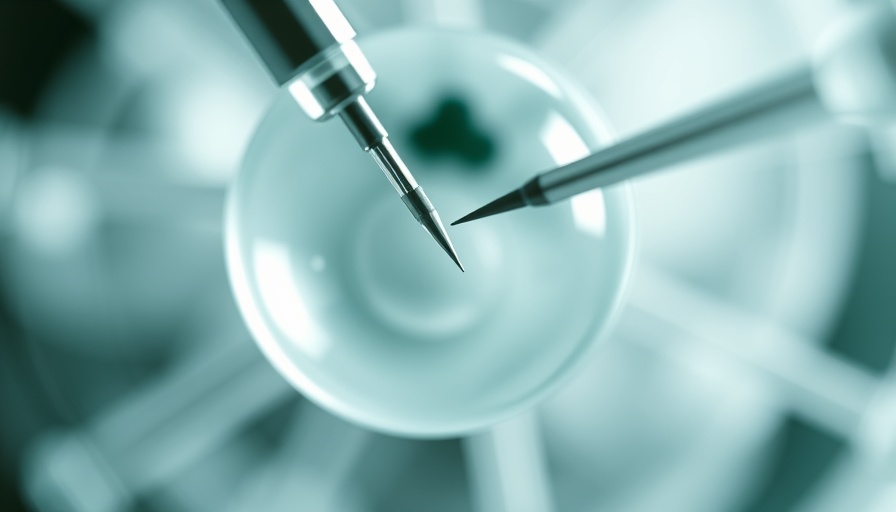
Introducing a New Era of Parenthood: Can Three-Person IVF Change Lives?
Recent breakthroughs in biotechnology have led to the birth of eight babies in the UK, born through a revolutionary technique known as three-person IVF. This method combines genetic material from two parents and mitochondrial DNA from a third donor to mitigate the risk of mitochondrial diseases that can devastate families with severe disorders. This remarkable accomplishment offers renewed hope for those facing the genetic burden of these conditions, as noted by Doug Turnbull, a prominent researcher in this field.
Understanding Mitochondrial Donation: How It Works
The three-person IVF technique relies on mitochondrial donation, a process that involves fertilizing a mother’s eggs with sperm and then transferring the nuclei of these fertilized eggs into donated fertilized eggs from which the nuclei have been removed. The resulting embryos carry DNA from both parents and a small portion of healthy mitochondrial DNA from the donor. The implications of this technology are significant, paving the way for parents at risk of passing on severe mitochondrial disorders to have healthy children.
Potential Benefits: A Path to Healthier Generations
The successful births represent a significant development in reproductive medicine, showcasing not only advancements in genetic engineering but also the resilient human spirit. The Newcastle Fertility Centre initiated the trial under rigorous regulatory oversight, and if successful, these births could signal a future where mitochondrial diseases are significantly reduced. Stuart Lavery, a consultant in reproductive medicine, emphasized the ethical viability of this approach, yet it also raises numerous questions about genetic interventions.
Ethical Considerations: Navigating Caution with Innovation
While the initial results of the trial are promising, the ethical ramifications cannot be ignored. Critics argue that although five children are reportedly healthy, others faced minor health setbacks, including a fever and urinary infections. Medical ethicist Heidi Mertes has voiced cautious optimism, suggesting that while success in these births is encouraging, it should spur further investigation into the technology’s overall safety and efficacy. Additionally, there have been calls to pause similar trials until recurring complications in some newborns are adequately understood.
Broader Implications for Biotechnology: Future Trends and Opportunities
This groundbreaking trial highlights a pivotal moment in the ongoing evolution of reproductive technology. As businesses and healthcare organizations look toward the future, they must consider how innovations in mitochondrial DNA research can be ethically implemented into mainstream practice. The merging of traditional IVF with cutting-edge biotechnology exemplifies the potential for transformative health solutions, making this a key area for future investment and study.
A Cautious Yet Hopeful Future
As we reflect on the ramifications of this development, it becomes clear that the potential of three-person IVF extends beyond those afflicted by mitochondrial diseases. This advance raises essential discussions about genetic manipulation and the implications for future generations. Could this set a precedent for further genetic innovations that might prevent other inherited diseases?
The future of three-person IVF is indeed tied to careful research and open dialogue among scientists, ethicists, and the public. This trial, which has made headlines as a success, also serves as a prompt to consider the trajectory of genetic interventions and their impacts on society as a whole.
In conclusion, as the world observes the outcomes of the Newcastle trial, stakeholders in the biotech and healthcare sectors must collaborate to ensure these innovations are both ethically and scientifically sound. By prioritizing transparency and public engagement in discussions about genetic advancements, they can cultivate trust and acceptance for future breakthroughs.
 Add Row
Add Row  Add
Add 




Write A Comment